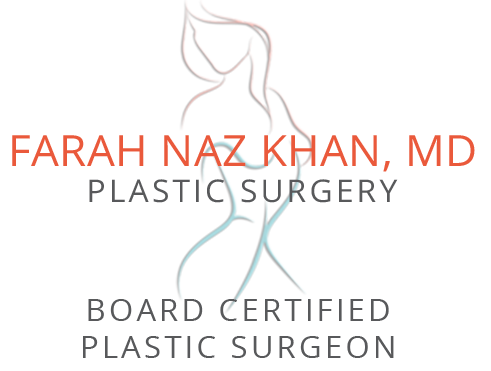
Model, not actual patient.
Recovery in an intricate cosmetic surgery procedure such as rhinoplasty should be taken seriously by the patient. They should carefully note the surgeon’s post-operative instructions and follow them for a safer and faster recovery. Results of rhinoplasty will establish gradually throughout the recovery process, and the final shape of the nose may firm up over several months.
Planning for Recovery
The patient should take certain steps in advance for the post-surgical recovery phase. This will allow them to focus completely on recovery and remain free of any stress. The following steps can help the patient to have a more comfortable recovery after rhinoplasty cosmetic surgery:
- Arrange for transportation to return home the same day after rhinoplasty.
- Have someone to stay with the patient for the first two to three days or hire a caretaker’s services.
- Apply for leave for at least one week from work and another week with limited physical activity.
- Keep a supply of cold compresses ready at home to be used in the first two days after nose surgery to minimize swelling.
- Complete any major tasks at home or work before the surgery in order to have a restful and stress-free recovery.
Care Instructions
How diligently a patient adheres to the surgeon’s care instructions during the recovery phase will have an impact on the overall outcome and the pace of recovery. Patients can also reduce discomfort during recovery by following these tips:
- Take plenty of rest in the first week, but perform short walks at home to promote the blood flow.
- Use pain medications as prescribed, stay hydrated, and increase the intake of lean proteins in the diet.
- Use cold compresses in the first two days to reduce swelling.
- Do not blow the nose in the first few days until incisions begin to heal.
- Keep the head elevated and use several pillows while resting or sleeping.
- Do not smoke during the recovery process and avoid vigorous activities and heavy lifting of weights.
First Few Weeks
Mild headache, nosebleeds, bruising, and swelling are expected in the first few days, which can be managed with pain medications. If severe pain, fever, excessive swelling or other symptoms are noticed, the patient should contact the surgeon. The surgeon will usually review the progress at the end of first week, and may remove sutures and nasal packing at this time.
Bruising will subside by second week, but mild swelling will remain for several weeks. Most patients can return to their normal routine or go back to work after the first week. Vigorous exercises should be avoided for three to four weeks.
To schedule a consultation with Board Certified Dallas Plastic Surgeon, Dr. Farah Khan please call 469-437-5426 or click here to contact us.

